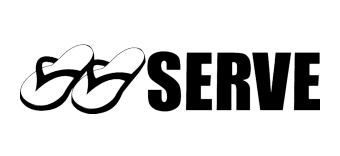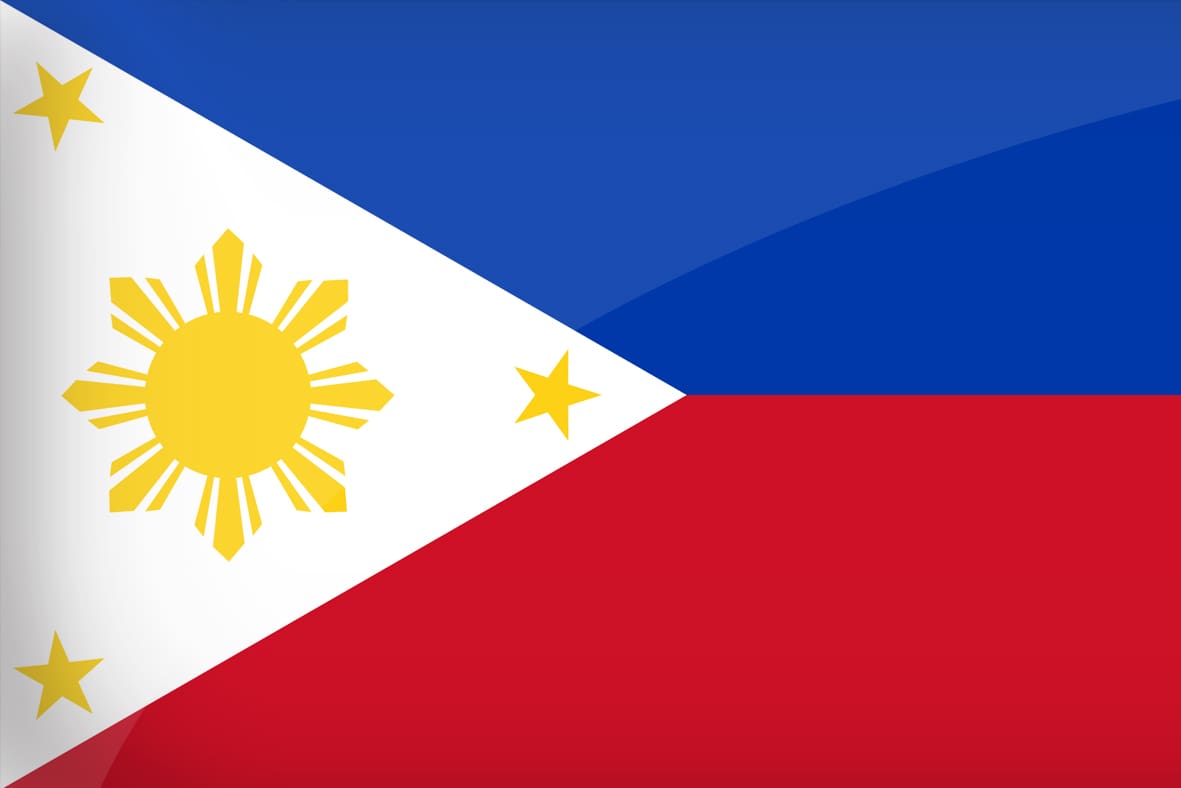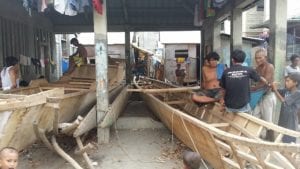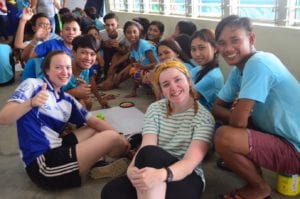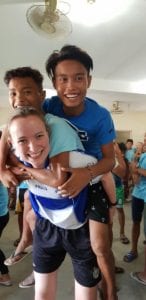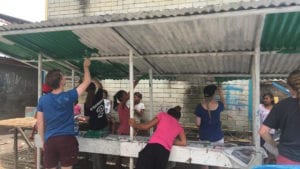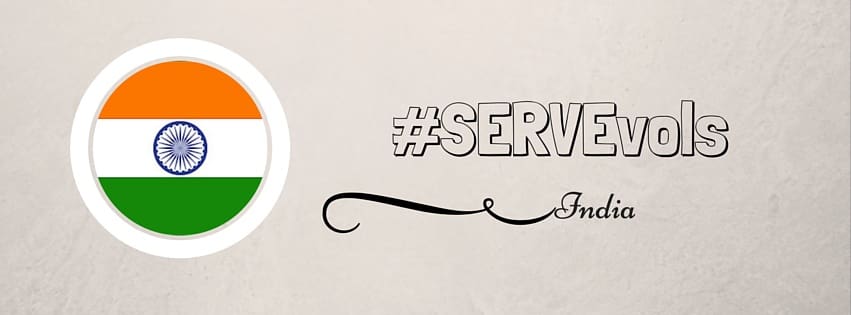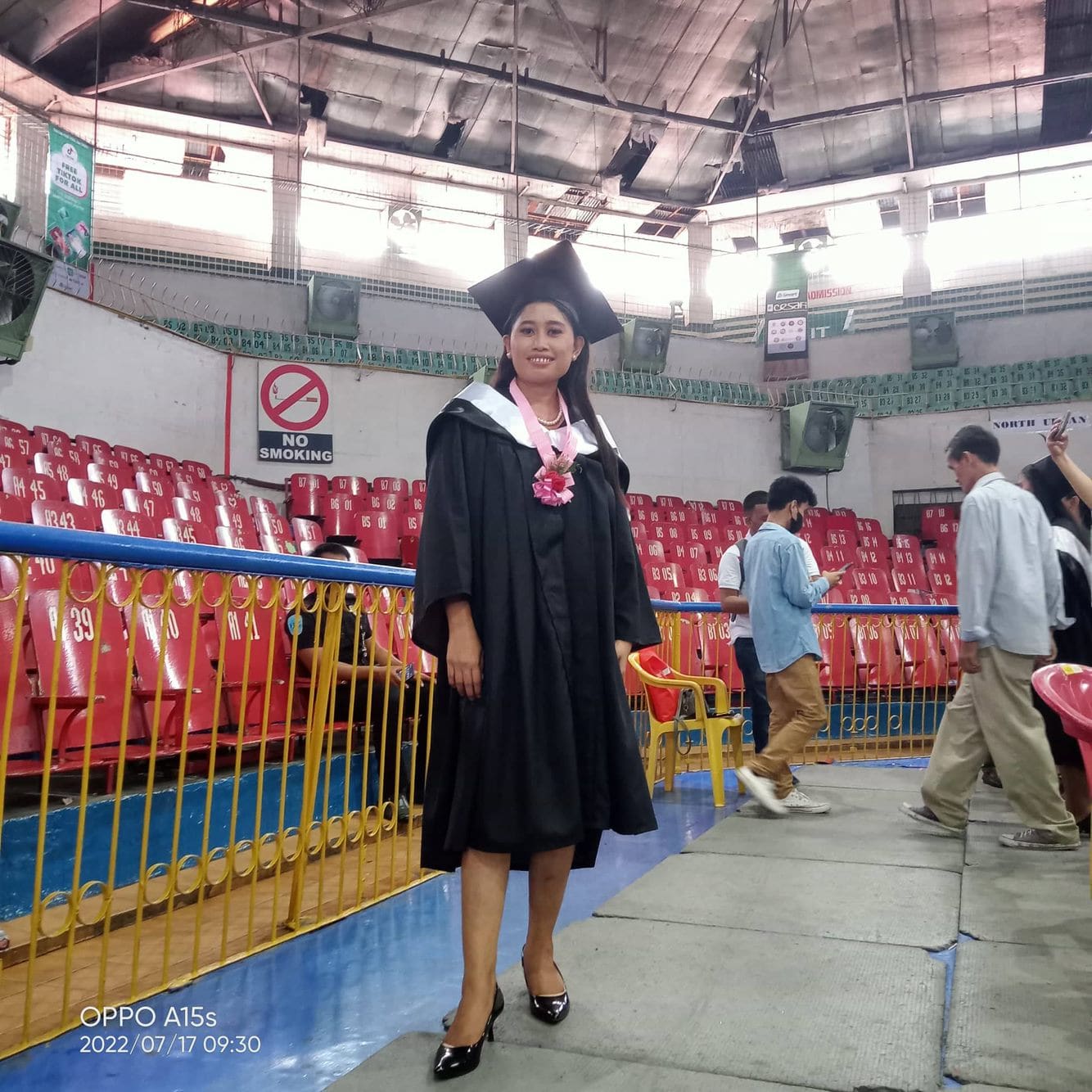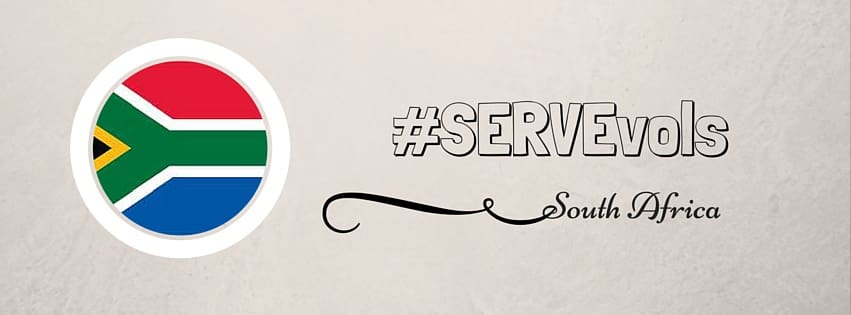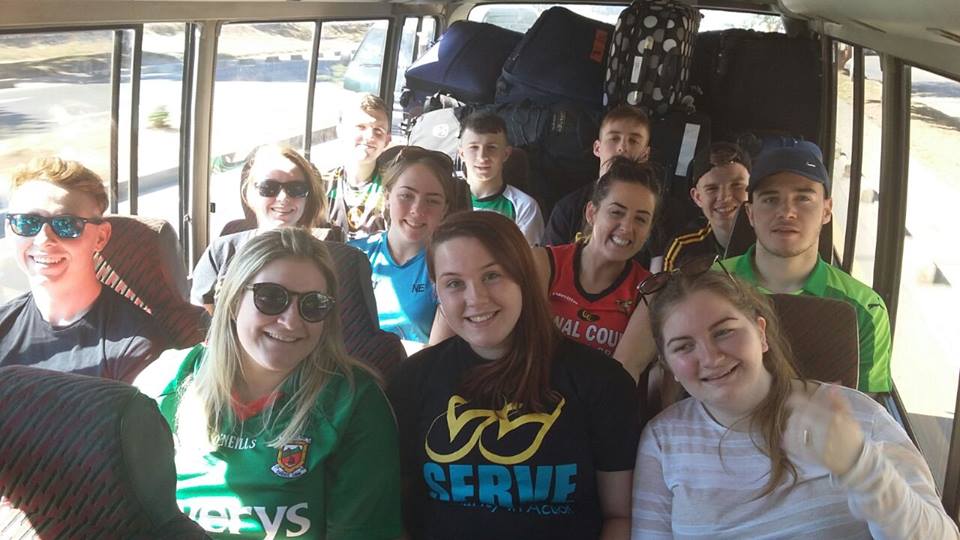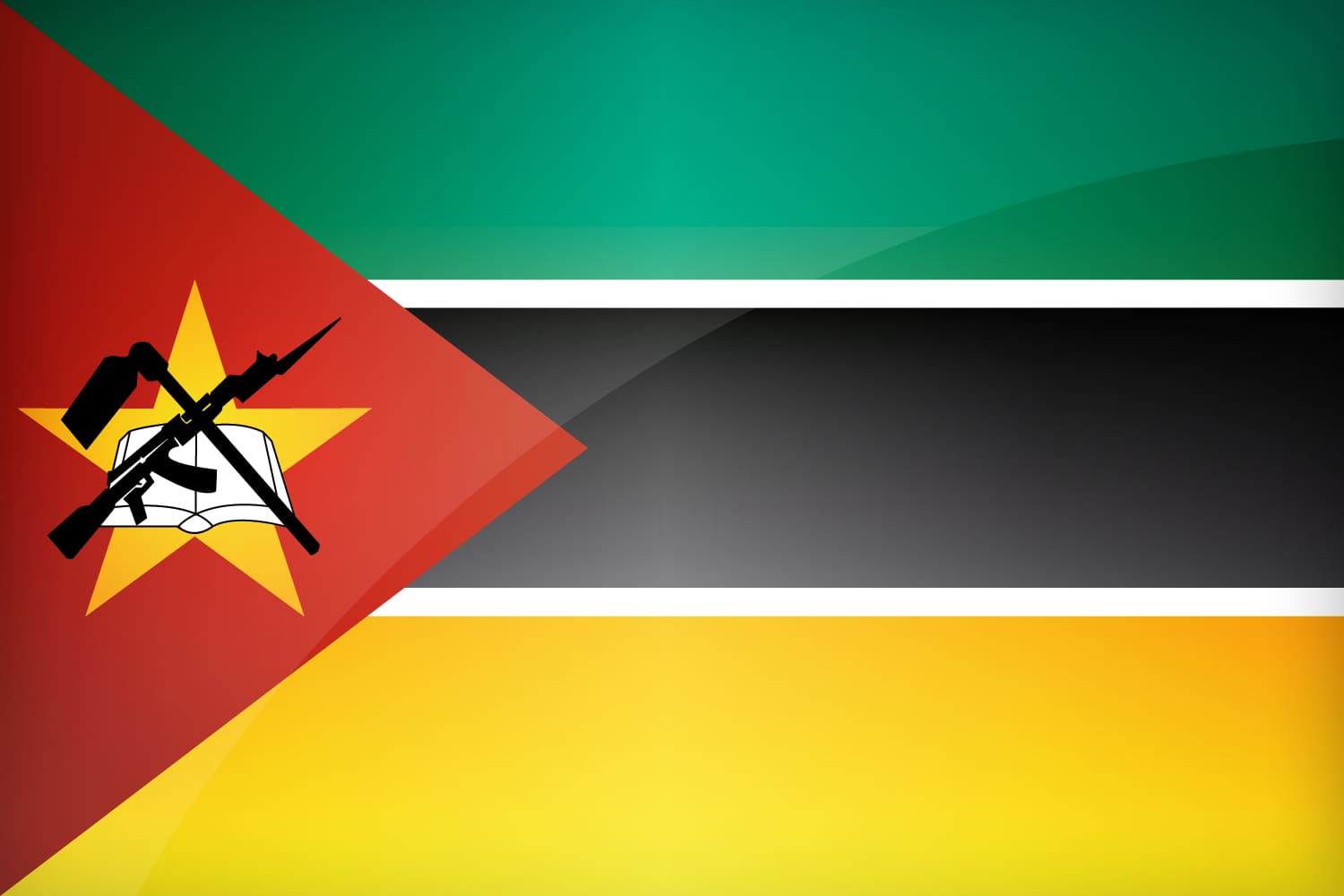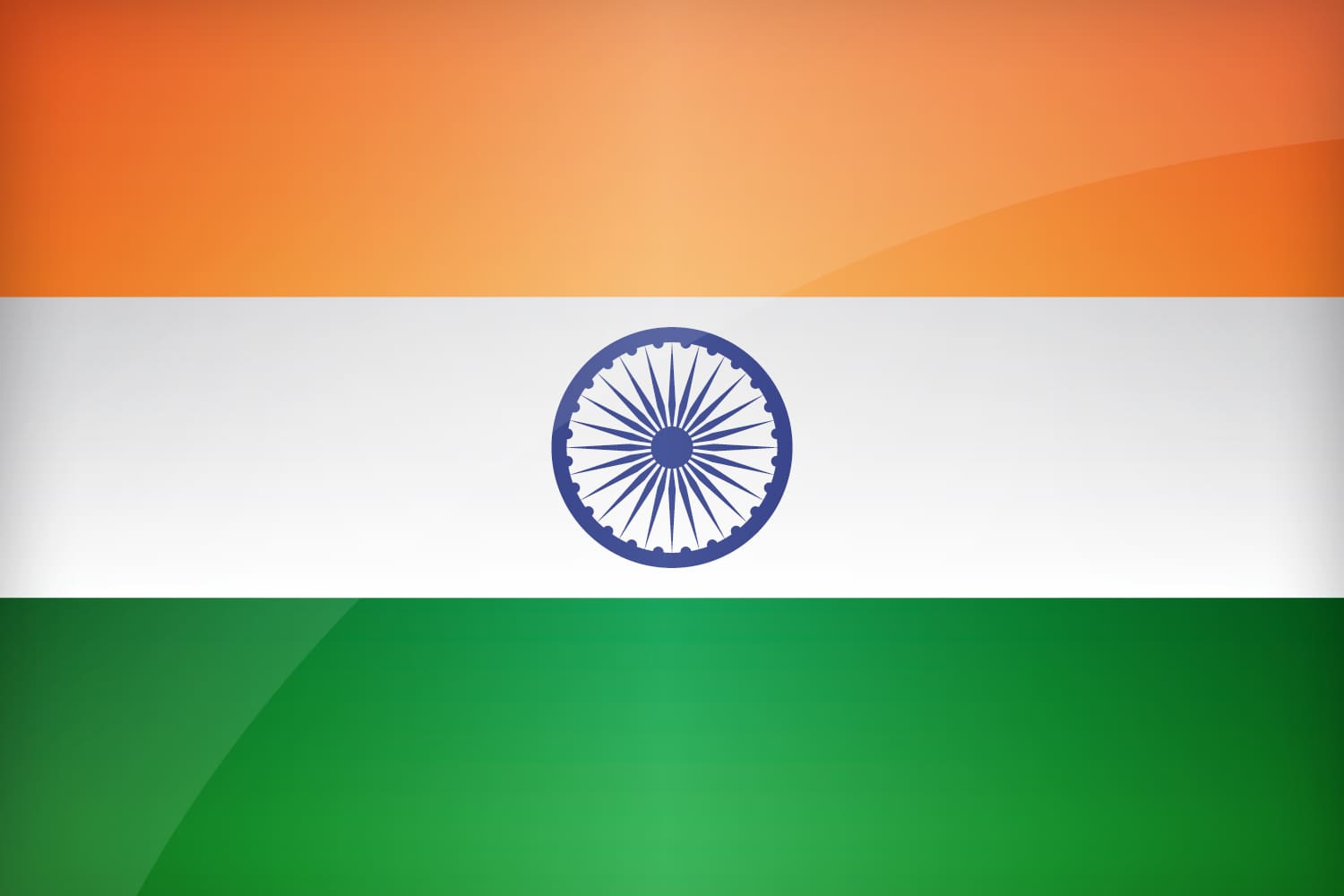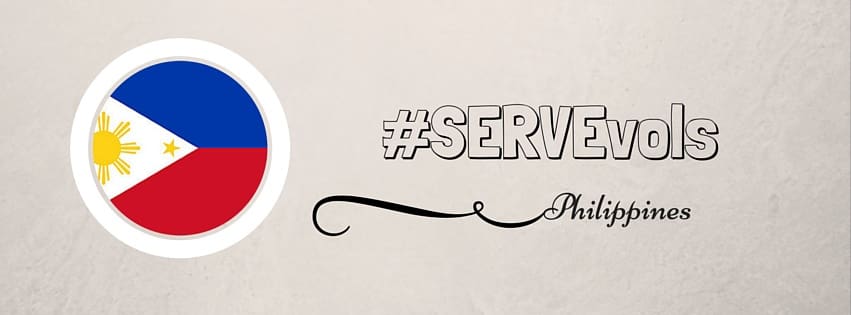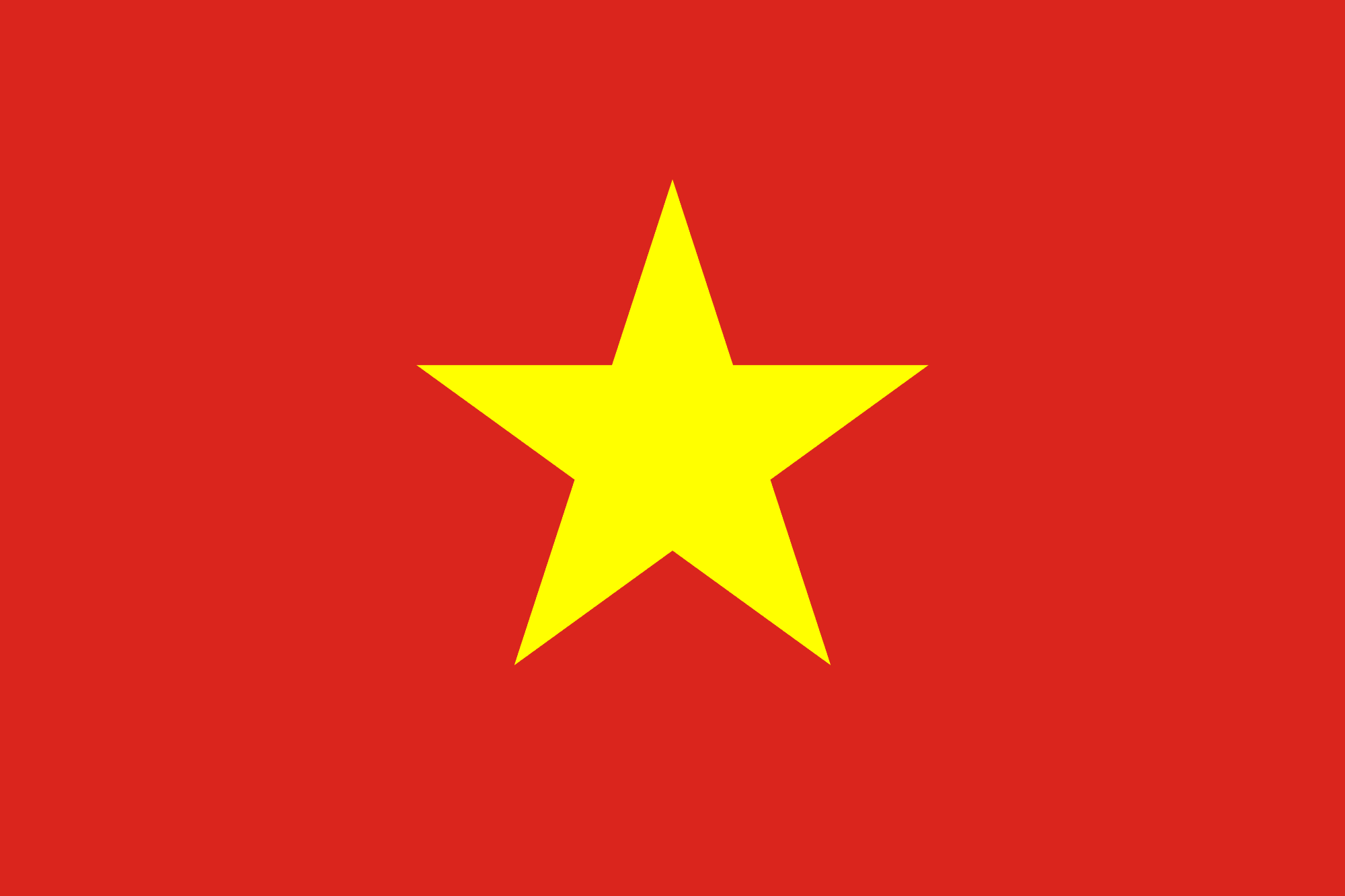The Story of the Badjao Tribe
By Miriam O’Callaghan
Having just returned from the most amazing experience of my life working in solidarity with the Badjao Tribe, I would like to tell you a little about these incredible people; their history, cultures and values.
The people of the Badjao tribe are a nomadic sea faring tribe. The men of the tribe are skilled fishermen specifically the art of pantana fishing (spear fishing). They traditionally lived on house boats moving through the sea wherever was needed, to fulfil their fishing requirements. The Badjao are also talented divers – diving for pearls. To this day, these activities still play a major part in the lives of the Badjao people. They collect the fish and pearls and sell them at the main markets in Cebu City. These activities are traditionally their main source of income.
However, due to increasing piracy around the 1960’s the Badjao people were forced off the water and onto land. They found a new home at Alaska Beach, Mambaling in Cebu City. They built wooden houses suspended over water in which they could tie their boats to. This style of house suited the tribe’s people very well as it provided easy access to their boats.
The tribe has a very rich culture. They are known for their non-confrontational nature and values of respect. They are governed by a Chieftan and a group of elders. In 1997, when Sister Evelyn – a presentation nun from Galway – stumbled upon these wonderful people; it was the Chieftain whom she met. The Badjao tribe had developed an unsavory reputation in Cebu, owing to their participation in begging within the markets and city. The Chieftan recognized that it was only through education this chain of poverty, which his people faced, would be broken.
Sr Evelyn began educating the members of this tribe. At this early stage, 97% of the tribe were illiterate. The Presentation Sisters purchased one of the Badjao houses to use for the school. In 2003, current teachers, Annie and Edwina, were employed by the Presentation Nuns. The impact these two wonderful teachers would have, was beyond anything one could imagine. This is also the year SERVE began working with the tribe; the strong Irish-Badjao connection which continues to grow to this day, was born.
In 2005, a devastating fire destroyed the entire Badjao community. Another challenge was added to the very long list they already faced, but the spirit of this tribe far outweighs any obstacle they encounter. Both the people and school moved into tents situated along a slip road. Annie and Edwina carried any classroom supplies needed on their backs with them each morning and evening. They understood the importance of education and so they ensured the school would continue no matter what.
Sr Evelyn among others, faught tirelessly to precure land for the Badjao to rebuild their lives. With the help of SERVE volunteers, the Badjao people built brick, quad style houses which now house 140 families. Their traditional suspended wooden houses were also rebuilt and still house over half the tribe’s population today.
Sr Evelyn also gathered sponsorship, solely from Irish people, which was used to build the “Nano Nagle Childcare and Learning Centre” inside the community. This was officially opened in 2008 and is the home of education inside the Badjao community. This building has been the foundation for their success. It’s clear to see with 315 High School Graduates and 23 University graduates that education is now at the fore front of their community. Inside the Nano Nagle Centre, three of the five teachers are themselves Badjao, a clear display of the success to all whom enter.
As is typical of the SERVE programme; we ran workshops in art, music, dance and drama during the past month. The majority of us are education students, yet, from day 1 to day 29 we were shocked at the level of enthusiasm, participation and genuine eagerness to learn; the scale of which we have never encountered before. This is across the board. We, as SERVE volunteers, assisted in the 6 Montessori sessions, the adult literacy and adult development classes, computers class as well as working in solidarity with the Badjao on a community development project. This year’s project was the painting and refurbishment of the 8 market stalls. We also ran a gender equality workshop for the Montessori parents, an anti-bulling workshop for the high school students, held a cultural bonding day and a sports day. Through every single activity, every single one of them showed their outstanding character. We built relationships and friendships which will last a lifetime. The positive impact these relationships have on both parties is indescribable.
My lasting impression of the Badjao people is of their welcoming nature. They welcomed us each and every day into their community with open arms. As we entered the community gates, people both young and old would warmly greet us; smiling, waving, hugging or high fiving; we loved it all. They welcomed us into their homes too, but most incredibly, they welcomed us into their way of life. They showed us their traditional method of building boats. They taught us to speak bindajao; their language. We got the opportunity to witness the dowry for a marriage being given as well as being included in their cultural dance at the pre-wedding celebration.
They are a testimony to the human race and how we should be. At no point did they show any distaste or hostility towards us, at no point did they refuse our engagement or their own participation. Everyday their smiles are what greeted us and sent us on our way. They grasp any chance to grow and learn with both hands, making the most of every moment and opportunity. Despite the challenges they face with regards to both living standards and receiving their deserved respect from their peers, they continue to hold the most positive and beautiful outlook on life. Everything they do
they do for each other, with the goal of creating a better future for their family and community. I’ve never experienced a more interconnected community, they can only be described as one big family, all looking out for each other as you would expect only family would. A family which they wholly made us feel a part of.
The link between SERVE volunteers and the Badjao community is a special one. It’s indescribable to be honest, the impact which this partnership has on both parties. All I can say is I left not only feeling welcome, I left feeling as though I was part of the Badjao family.
This blog was written in 2018 by Miriam O’Callaghan, SERVE volunteer who visited members of the Badajo community (Philippines) on the SERVE 2018 Overseas Volunteer Programme. You can follow us on socials & YouTube.
